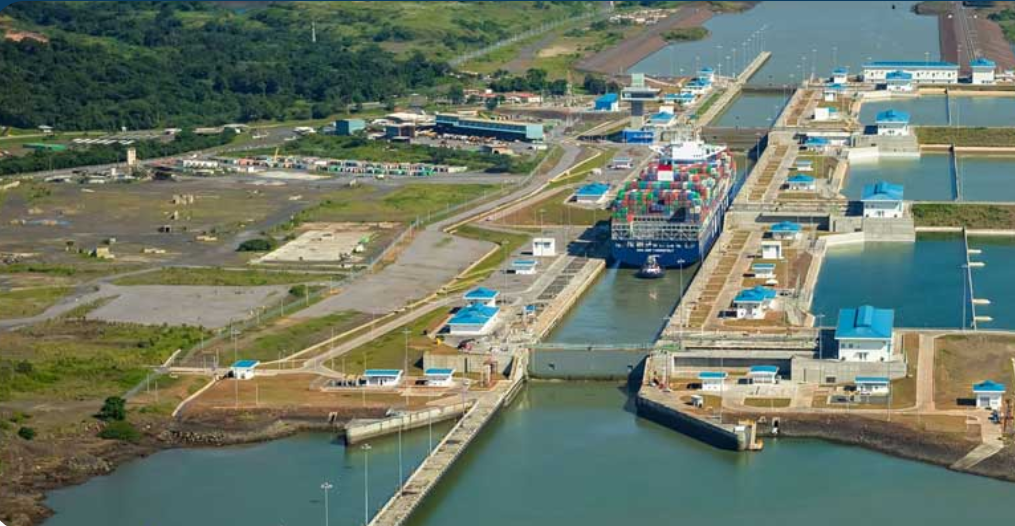
Image:Canal de Panama
In an exclusive update, the Panama Canal authorities have confirmed that there are no immediate plans for further transit restrictions until at least April. Deputy Administrator Ilya Espino assured that the canal’s authority would evaluate water levels post the dry season to make any necessary decisions.
Last year’s severe drought led to a reduction in the daily number of vessels permitted to pass through the canal. However, the rains in December alleviated the situation, allowing the canal to suspend additional restrictions initially slated for January.
Increased Demand Amidst Challenges
Recent ship attacks in the Red Sea have triggered a significant shift in vessel routes, with many owners opting for longer journeys to and from Asia. This shift has subsequently led to an upswing in demand for transits through the Panama Canal, according to Espino.
“At least until April, we will maintain 24 authorized transits per day,” Espino stated in an interview, indicating a temporary reprieve for maritime traffic.
Future Plans and Contingencies
The canal’s strategy hinges on weather conditions. If anticipated rains arrive in May, the authorities plan to incrementally raise daily transit slots, aiming to return to the standard 36 vessels per day during the rainy season. However, if rainfall falls short of expectations, the canal authority might consider additional restrictions on daily passages or draft depth.
“If rainfall does not begin in May, we would evaluate again whether to cut transit by one or two vessels per day, or to reduce maximum vessel draft to 43 feet,” Espino added, highlighting the flexibility in their approach. The authority is closely monitoring water reservoir evaporation during the ongoing dry season.
Impacts and Revenue Forecast
Container ships enjoy priority in Panama Canal transits, but the restrictions since last year have disproportionately affected bulk carriers. The need to conserve water levels in the canal’s reservoirs has prevented it from absorbing the increased demand stemming from challenges at the Red Sea, particularly at the Suez Canal.
Espino noted that the transit restrictions have influenced the transportation of various products, especially impacting bulk carriers. Increased demand for U.S. liquefied natural gas (LNG) in Europe has somewhat mitigated the impact on LNG vessel transits, but Espino highlighted the potential for changes based on price incentives for shipping to Asia.
Economic Ramifications
Due to the transit restrictions, the Panama Canal Authority anticipates a reduction of up to $700 million in toll revenues for the current fiscal year ending in September. Espino projected that in 2024, the canal might miss around 1,500 vessels under normal conditions, reflecting the economic toll of the ongoing challenges.
Source:Reuters

